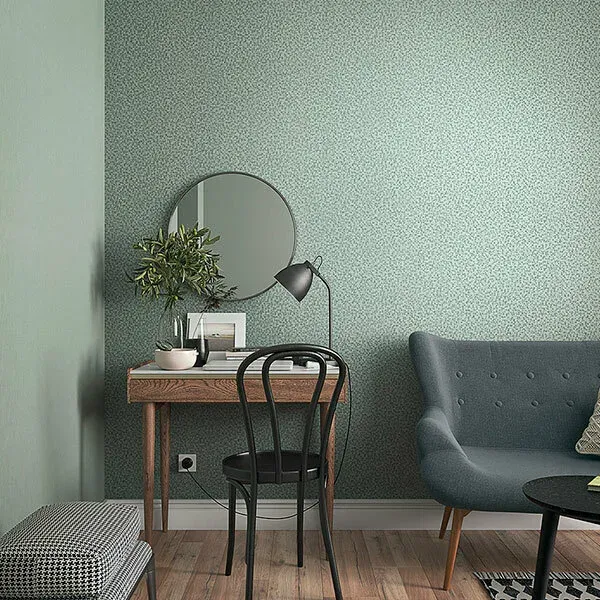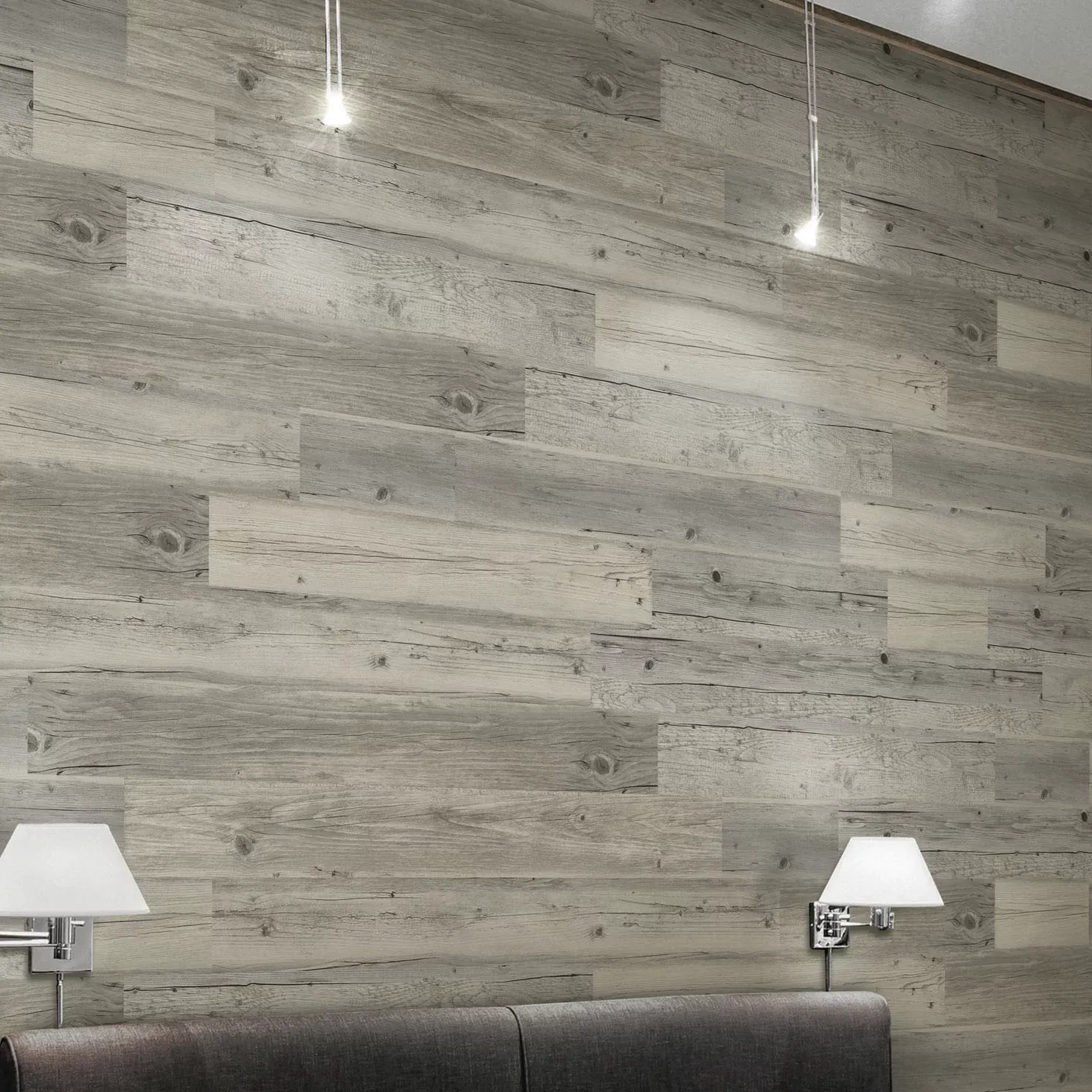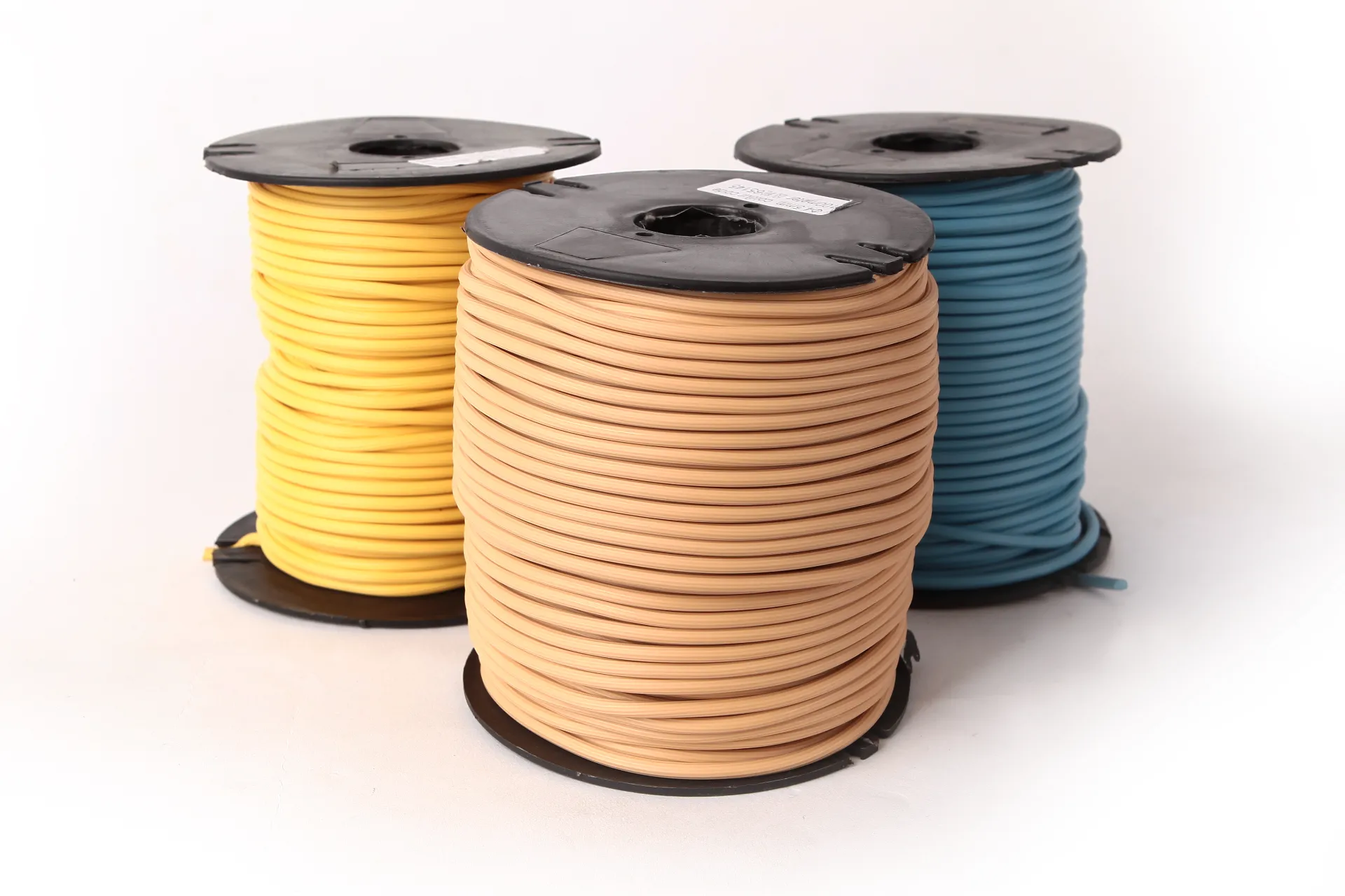
- Afrikaans
- Albanian
- Amharic
- Arabic
- Armenian
- Azerbaijani
- Basque
- Belarusian
- Bengali
- Bosnian
- Bulgarian
- Catalan
- Cebuano
- Corsican
- Croatian
- Czech
- Danish
- Dutch
- English
- Esperanto
- Estonian
- Finnish
- French
- Frisian
- Galician
- Georgian
- German
- Greek
- Gujarati
- Haitian Creole
- hausa
- hawaiian
- Hebrew
- Hindi
- Miao
- Hungarian
- Icelandic
- igbo
- Indonesian
- irish
- Italian
- Japanese
- Javanese
- Kannada
- kazakh
- Khmer
- Rwandese
- Korean
- Kurdish
- Kyrgyz
- Lao
- Latin
- Latvian
- Lithuanian
- Luxembourgish
- Macedonian
- Malgashi
- Malay
- Malayalam
- Maltese
- Maori
- Marathi
- Mongolian
- Myanmar
- Nepali
- Norwegian
- Norwegian
- Occitan
- Pashto
- Persian
- Polish
- Portuguese
- Punjabi
- Romanian
- Russian
- Samoan
- Scottish Gaelic
- Serbian
- Sesotho
- Shona
- Sindhi
- Sinhala
- Slovak
- Slovenian
- Somali
- Spanish
- Sundanese
- Swahili
- Swedish
- Tagalog
- Tajik
- Tamil
- Tatar
- Telugu
- Thai
- Turkish
- Turkmen
- Ukrainian
- Urdu
- Uighur
- Uzbek
- Vietnamese
- Welsh
- Bantu
- Yiddish
- Yoruba
- Zulu
Dampak Lantai Komersial terhadap Produktivitas Kantor dan Kesejahteraan Karyawan
The design and functionality of office spaces are crucial in shaping the productivity and overall well-being of employees. While factors such as lighting, layout, and ergonomic furniture often dominate workplace design conversations, the flooring choice is an equally important element that can significantly influence both productivity and employee health. From comfort to aesthetics, the right flooring material can help create a conducive working environment that supports both the physical and mental well-being of staff. Let’s explore how lantai komersial berdampak pada produktivitas kantor dan kesejahteraan karyawan.
Meningkatkan Kenyamanan dan Mengurangi Kelelahan Dengan Lantai Komersial
Salah satu cara paling langsung lantai memengaruhi karyawan adalah melalui kenyamanan. Karyawan sering menghabiskan waktu berjam-jam untuk duduk atau berdiri di meja mereka, menghadiri rapat, atau berjalan-jalan di kantor. Jenis lantai yang digunakan di area ini dapat memengaruhi seberapa nyaman mereka selama rutinitas harian mereka.
Cushioned flooring such as carpet tiles or rubber flooring offers a soft surface that can reduce the strain on legs, feet, and lower backs, particularly in standing or walking-intensive roles. These types of floors also help absorb shock, minimizing fatigue and discomfort. In comparison, harder surfaces like tile or hardwood can cause more pressure on joints over time, leading to discomfort and potential health issues.

Additionally, ergonomic floor mats placed in high-traffic areas can further enhance comfort by providing additional support for standing employees. By reducing physical strain, the right flooring choices can help employees feel more comfortable and energized throughout their workday, which can improve focus and productivity.
Manfaat Akustik: Mengurangi Polusi Suara Tentang Lantai Komersial
Tingkat kebisingan di kantor dapat berdampak besar pada konsentrasi, fokus, dan kepuasan karyawan secara keseluruhan. Kantor dengan tata letak terbuka, khususnya, dapat mengalami polusi suara, di mana obrolan, panggilan telepon, dan gerakan yang terus-menerus menciptakan lingkungan yang mengganggu. Pemilihan lantai dapat memainkan peran penting dalam mengurangi dampak kebisingan di tempat kerja.
Carpeted flooring, particularly plush or thick carpets, is known for its sound-absorbing qualities. This type of flooring helps to reduce echo and minimize the transmission of noise between rooms or across workspaces. Similarly, rubber flooring can help absorb sound and dampen the noise from footsteps or machinery, making it ideal for areas like hallways, meeting rooms, or fitness spaces within an office.
Dengan mengurangi gangguan kebisingan, lantai tahan air komersial dapat meningkatkan kemampuan karyawan untuk berkonsentrasi pada tugas tanpa gangguan kebisingan lingkungan. Lingkungan yang lebih tenang mendorong komunikasi, kolaborasi, dan kepuasan kerja yang lebih baik, yang semuanya berkontribusi pada produktivitas yang lebih tinggi.
Daya Tarik Estetika dan Semangat Kerja Karyawan Tentang Lantai Komersial
Dampak visual dari lantai resin komersial tidak boleh diremehkan. Lantai berkontribusi pada estetika keseluruhan kantor, menentukan suasana ruang dan memengaruhi respons emosional karyawan. Kantor yang dirancang dengan baik dan menarik dapat menciptakan rasa bangga dan kepemilikan, memotivasi karyawan dan meningkatkan pengalaman mereka secara keseluruhan di tempat kerja.
For example, wooden floors, with their sleek and natural appearance, can bring warmth and sophistication to an office environment. On the other hand, brightly colored floors or innovative patterned tiles can inject energy and creativity into creative spaces, sparking innovation and enthusiasm. Flooring can even be used to demarcate zones within a larger office, helping employees navigate different areas and creating a sense of order and focus.
Kantor yang estetis tidak hanya menciptakan suasana yang ramah, tetapi juga meningkatkan moral dan kepuasan kerja. Ketika karyawan merasa bahwa lingkungan kerja mereka dirancang dengan saksama, mereka cenderung merasa dihargai, yang dapat meningkatkan motivasi dan kesejahteraan mereka secara keseluruhan.
Pertimbangan Kesehatan: Mengurangi Risiko Tergelincir dan Terjatuh Tentang Lantai Komersial
Kesehatan dan keselamatan karyawan adalah hal terpenting di setiap kantor. Lantai berperan penting dalam mencegah kecelakaan, terutama di area yang rawan tumpahan atau lalu lintas pejalan kaki yang padat. Di lingkungan seperti dapur, kamar kecil, atau pintu masuk, pemilihan jenis lantai yang tepat dapat mencegah cedera di tempat kerja, seperti terpeleset dan jatuh.
Anti-slip flooring materials, such as textured vinyl, rubber, or even some types of tile, are ideal for high-risk areas. These surfaces provide better traction, even when wet, reducing the likelihood of falls. In offices where employees are frequently moving between different areas, having non-slip flooring ensures that employees can walk around safely without worrying about potential hazards.
Selain mengurangi risiko cedera langsung, lantai yang tepat juga dapat membantu mengurangi masalah kesehatan jangka panjang. Misalnya, penggunaan alas anti-lelah di tempat kerja dapat meminimalkan ketidaknyamanan dan mengurangi risiko timbulnya kondisi seperti nyeri punggung bawah atau masalah sirkulasi yang dapat timbul akibat berdiri terlalu lama di permukaan yang keras.
Dampak Lingkungan: Mempromosikan Kesehatan Melalui Keberlanjutan Tentang Lantai Komersial
As more businesses adopt sustainability initiatives, there is growing recognition of how flooring choices can contribute to environmental health as well as employee well-being. Green, eco-friendly flooring options can help create a healthier indoor environment while also aligning with the company’s values.
Sustainable flooring materials such as cork, bamboo, or recycled content carpet tiles have a lower environmental impact compared to traditional flooring products. These materials are free from harmful chemicals, which can contribute to better air quality within the office. Some flooring options even come with certifications like LEED (Leadership in Energy and Environmental Design), which ensures that they meet rigorous environmental standards.
Choosing eco-friendly flooring is not just about reducing a company’s carbon footprint; it also fosters a sense of pride among employees. Working in an office that emphasizes sustainability can boost morale and contribute to a positive, healthy work environment, ultimately benefiting both employee well-being and the company’s reputation.
-
Masking Tape: Clean Removal, Precision Lines, Pro-GradeNov.10,2025
-
Skirting: MDF, Oak & SPC | Durable, Easy-FitNov.10,2025
-
Commercial VCT Tile Flooring – Durable, Low-MaintenanceNov.10,2025
-
LVT Vinyl Floors – Waterproof, Scratch‑Resistant, Easy ClickNov.10,2025
-
Masking Tape - Pro-Grade, Clean Removal, Crisp LinesNov.10,2025
-
Premium Masking Tape - Sharp Lines, Clean RemovalNov.10,2025



